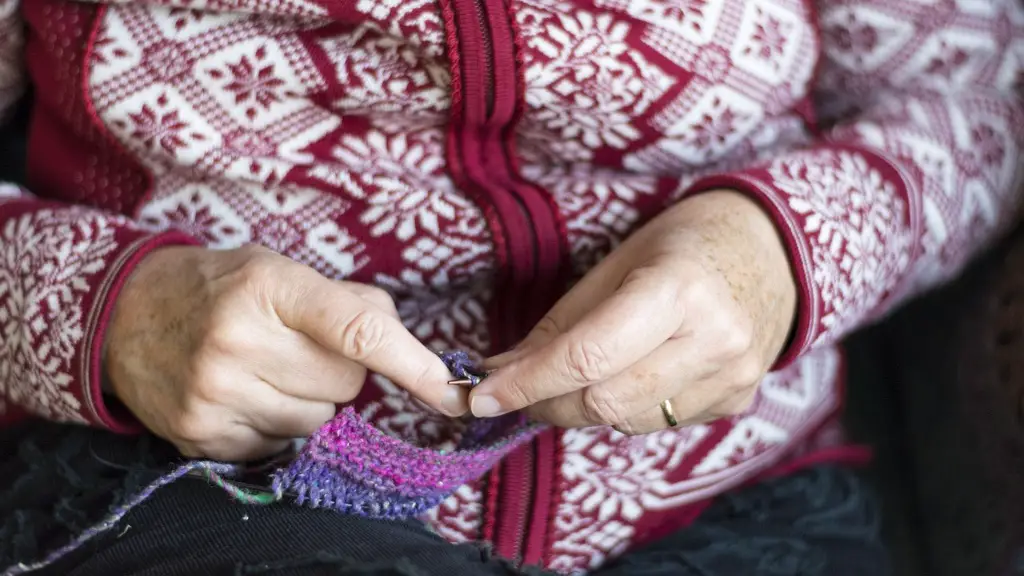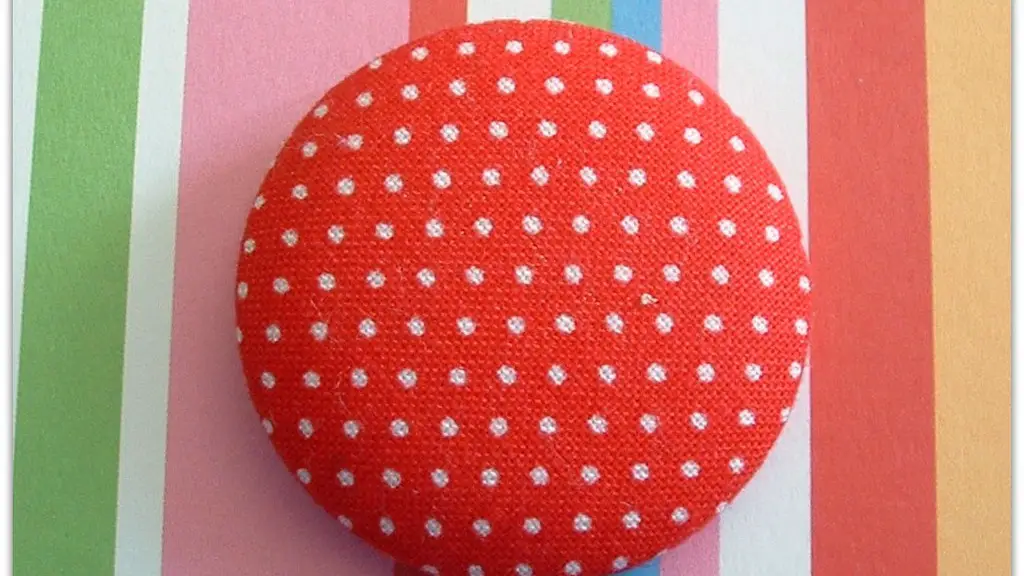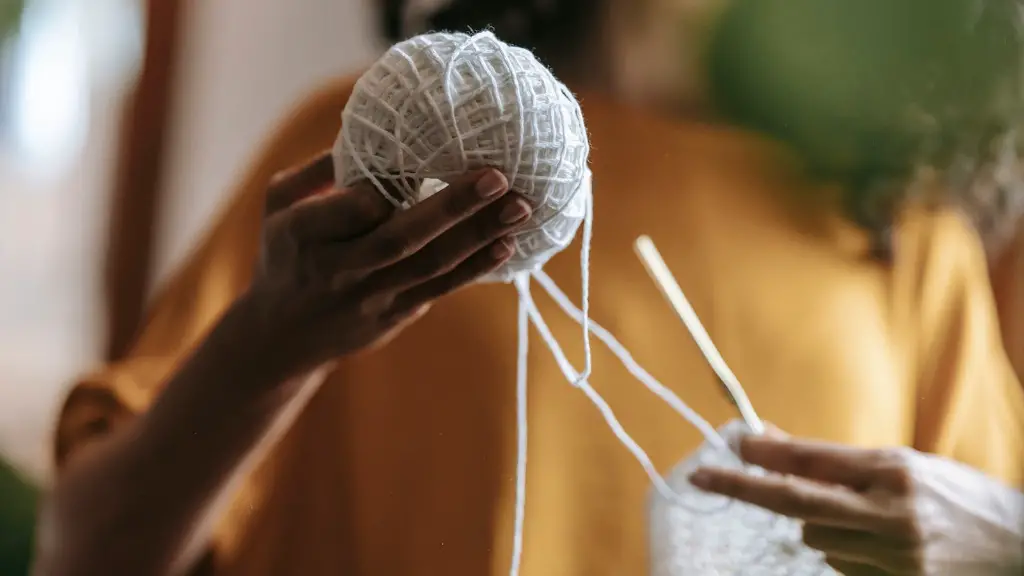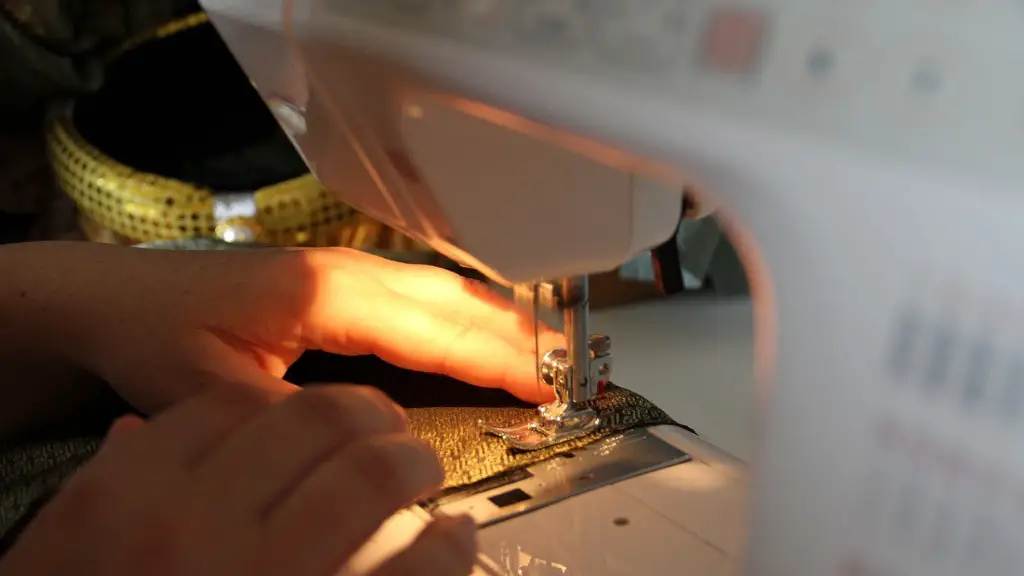Rust is a common problem for many household items, including sewing machines. Over time, the machine can become coated in rust and will eventually become unusable. Fortunately, it is possible to remove rust from a sewing machine without too much difficulty. In this article, we will explain the necessary steps for rust removal and provide some useful tips for ensuring the machine is kept in the best possible condition.
Identify Where The Rust Is Located
The first step in rust removal is to identify where the rust is located on the sewing machine. Rust can usually found on the needle, bobbin, and feed area. The needle is one of the most important parts, so it is important to make sure that it is free from rust. The bobbin and feed area of the machine tend to be the parts that accumulate the most rust over time.
Gather Your Cleaning Supplies
Before you begin the cleaning process, you need to gather the necessary supplies. You will need a soft cloth and some mild soap, such as dishwashing liquid. You will also need some white vinegar and a toothbrush. The white vinegar is particularly useful as it will help to break down the oxidation that has built up around the rusted parts.
Applying White Vinegar
You should start by using the toothbrush to apply some white vinegar to the rusted parts of the machine. Let the vinegar sit for a few minutes to break down the rust and oxidation. Once the vinegar has had time to work, you can then use the cloth to wipe away the rust. Make sure to move the cloth in a circular motion to ensure that all the rust is removed.
Cleaning With Soap and Water
Once the rust has been removed, you will want to make sure that you clean the machine with some mild soap and water. This will help to ensure that any residue left on the surface is removed. Make sure to rinse the machine thoroughly and dry it with the cloth. If necessary, you may need to repeat the cleaning process to ensure that all the rust is removed.
Using Rust Remover
If you still find that there is some rust remaining on your sewing machine, you can try using a rust remover. The rust remover can help to break down the oxidation and will make it easier for you to remove the remaining rust. Most rust removers are relatively easy to apply, and you should follow the instructions provided on the product.
Use Lubricants to Prevent Future Rust
After the rust has been removed, you will want to use some lubricants to help protect against further rust. Many sewing machines come with their own lubricants, so you can use the ones provided by the manufacturer. However, you can also use some general-purpose lubricants such as vegetable oil or WD-40. These lubricants can help to protect the machine from further rust and will also help to ensure that it continues to run smoothly.
Regular Maintenance Should Be Performed
Removing rust from your sewing machine is an important process, but it is also important to remember that regular maintenance should be performed. Regular maintenance will help to ensure that the machine remains in the best condition and will prevent the accumulation of rust over time. Make sure to clean the machine regularly and to check for any signs of rust or other oxidation that might have occurred.
Inspect the Machine Regularly
Finally, it is important to keep an eye out for any signs of rust on the machine. This means inspecting the machine regularly and taking note of any rust that might have developed. If you notice any rust, it is important to act quickly and remove it before it becomes worse. Keeping an eye on the machine will help you to ensure that it stays in good condition.
Rust Prevention
One of the best ways to prevent rust buildup on your machine is to keep it oiled on a regular basis. Oiling the machine helps to reduce wear and tear and also helps to protect against the elements. In addition, you should also make sure to store the machine in a dry place when it is not in use. This prevents the accumulation of moisture which can cause rusting.
Cover The Machine
Whenever possible, you should also cover your machine when it is not in use. This will help to keep any dust and debris from settling on the surface. The cover also helps to protect against humidity and other external factors which could cause rust. If you are not using the machine regularly, it is a good idea to invest in a quality cover to keep the machine in its best condition.
Cleaning The Machine After Use
When you use your machine, it is also important to make sure that you clean it after each use. Having a clean machine not only helps to keep it looking good, but it also helps to protect against corrosion and rust. Make sure to wipe down any exposed surfaces after each use, and it is also a good idea to oil the machine to keep it running smoothly.
Use Mild Detergents
When cleaning your machine, it is important to use mild detergents and soap. Avoid using harsh chemicals or abrasive cleaners as these can damage the machine. It is also important to avoid using steel wool or metal brushes as these can scratch the surface of the machine and cause further rust and corrosion.
Polishing The Machine
In addition to cleaning your machine, it is also important to periodically polish it. This helps to keep the machine looking good and also helps to prevent the buildup of rust and oxidation. Make sure to use a soft cloth and a quality polish to get the best results. You can also use wax to protect the metal surface and help to prevent the buildup of rust.



